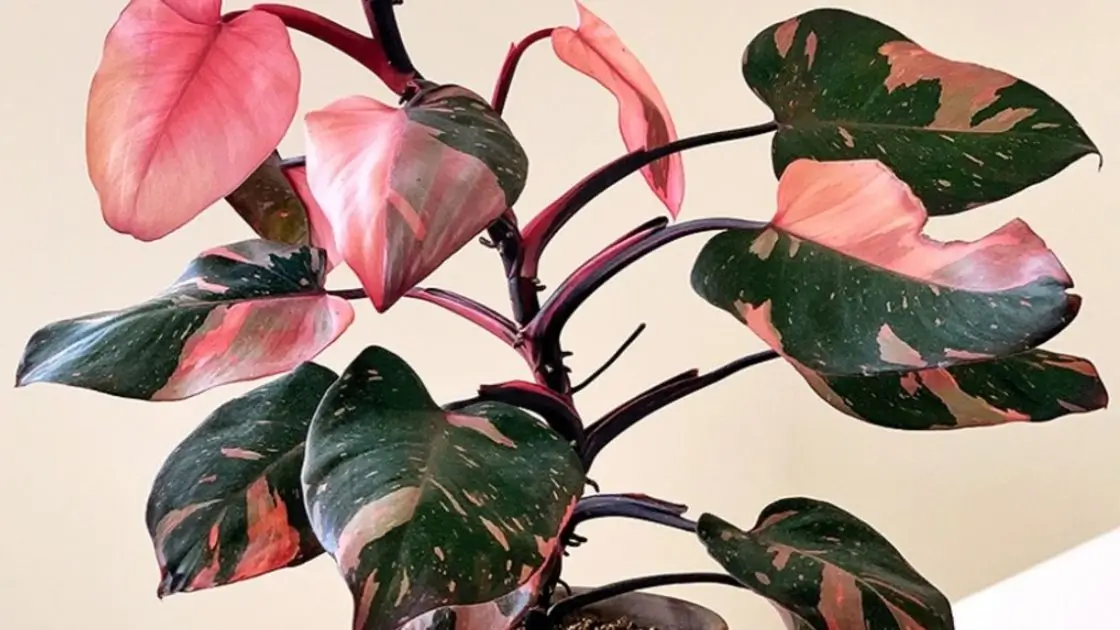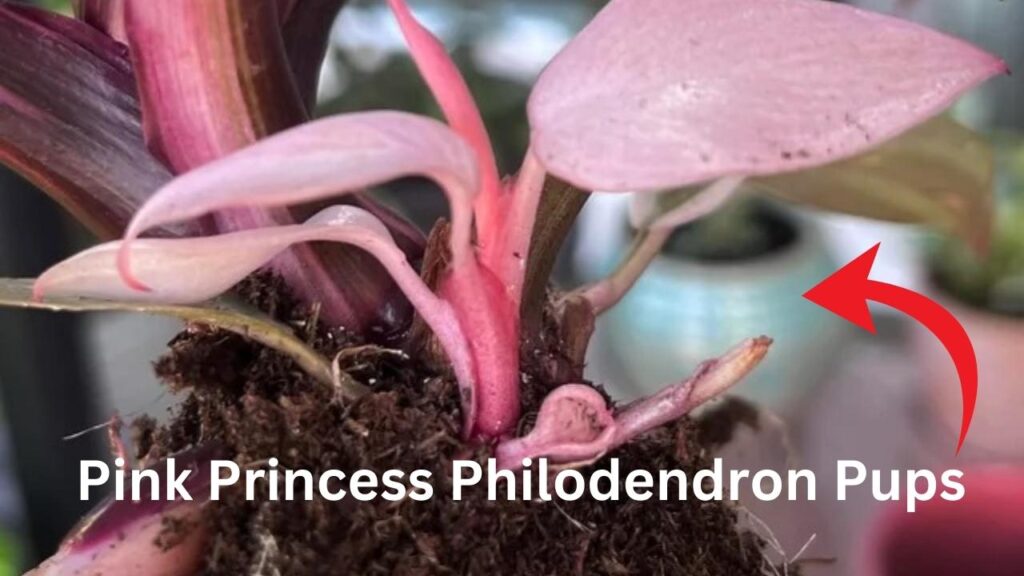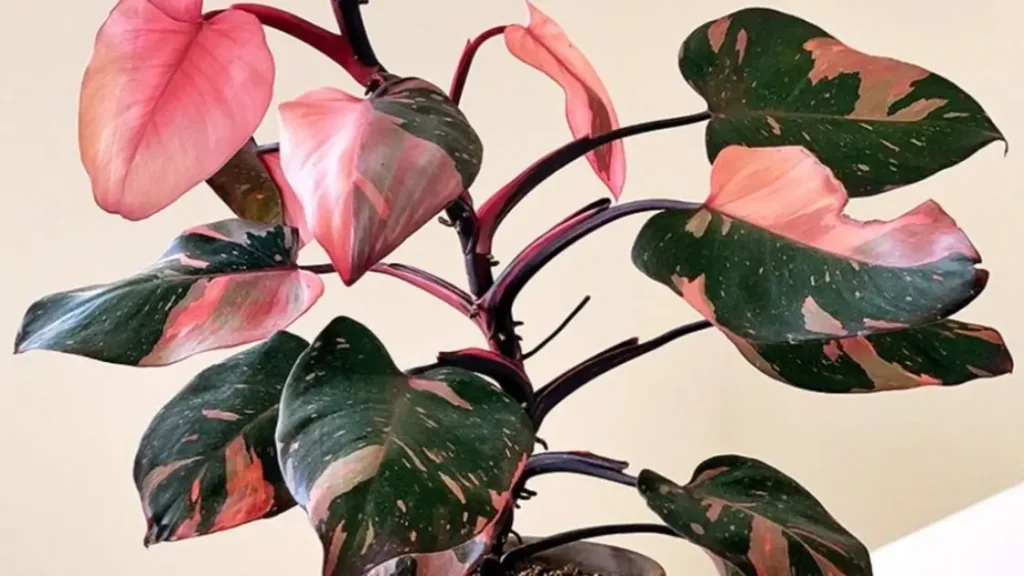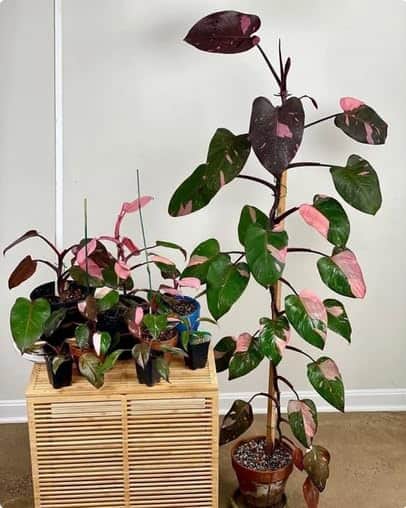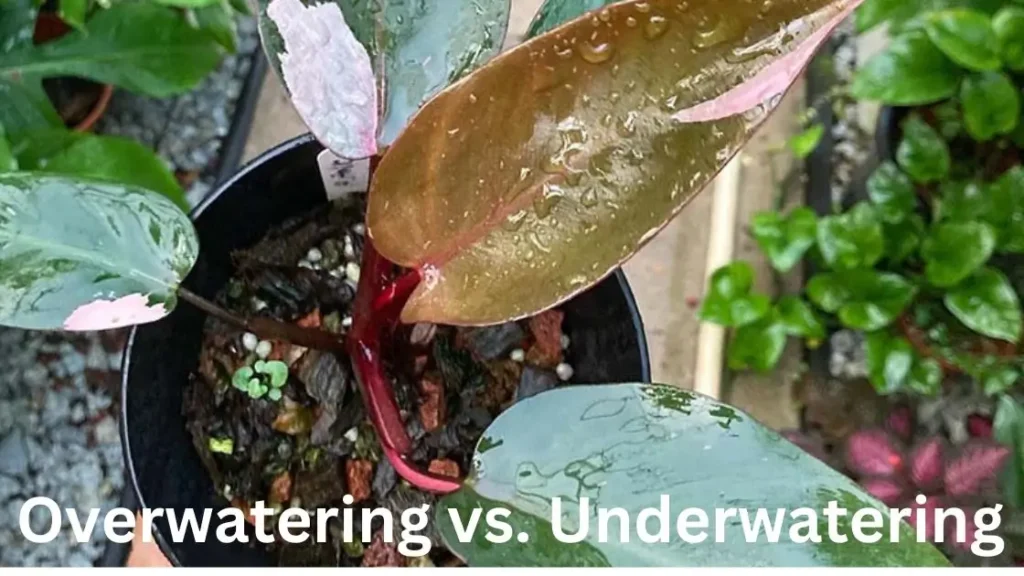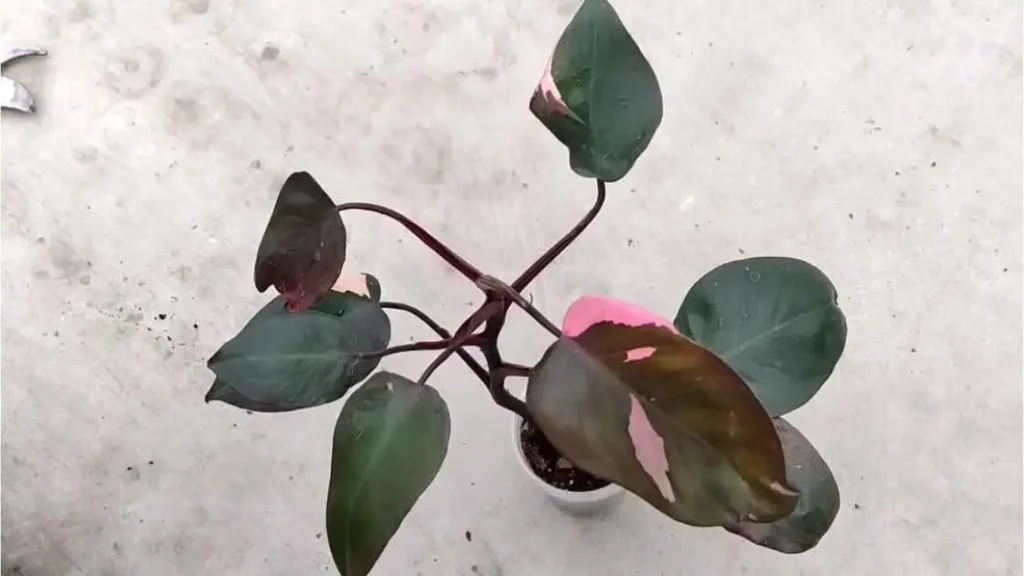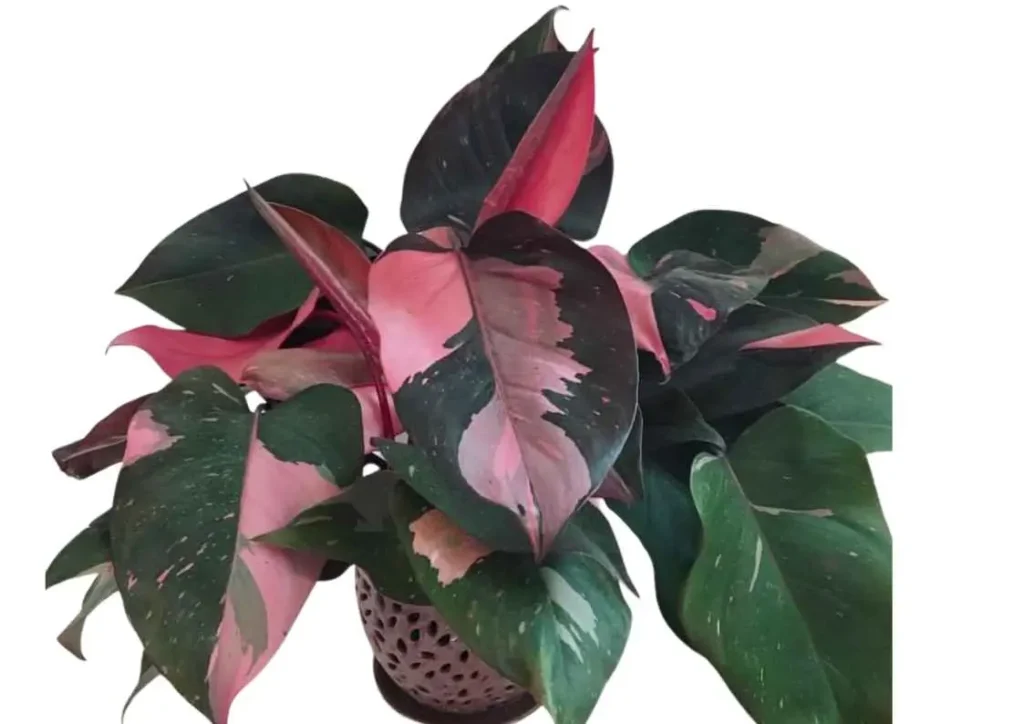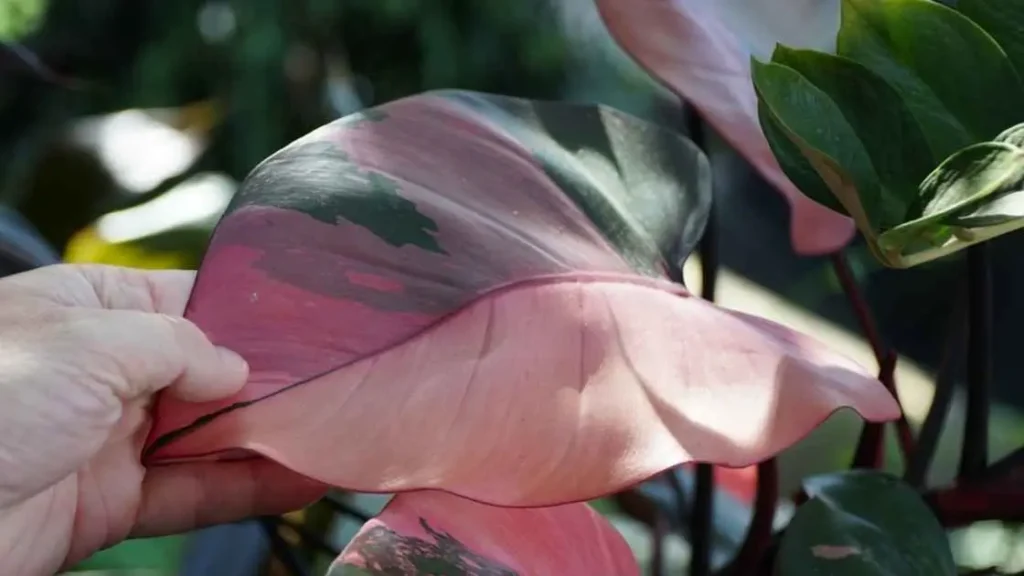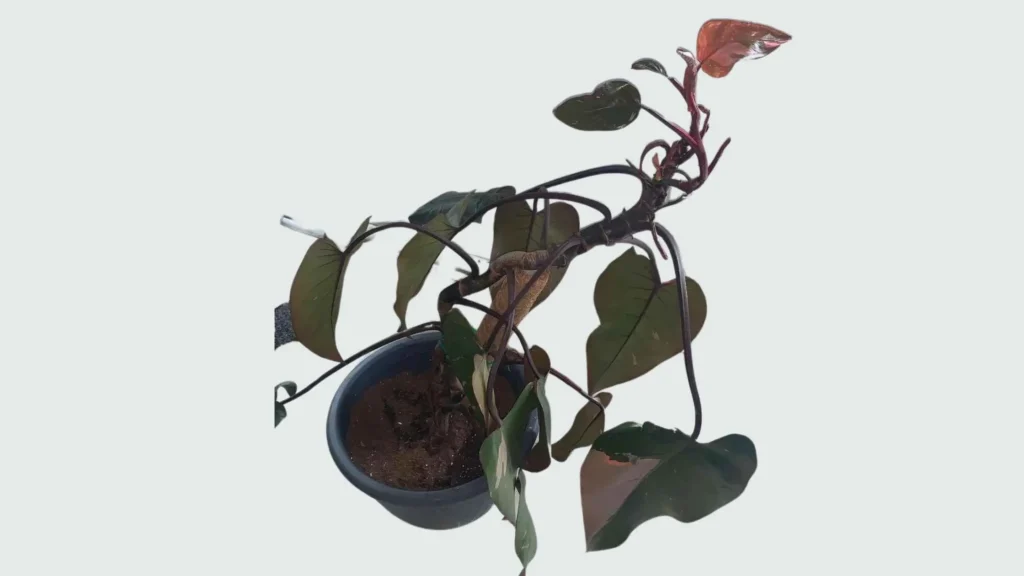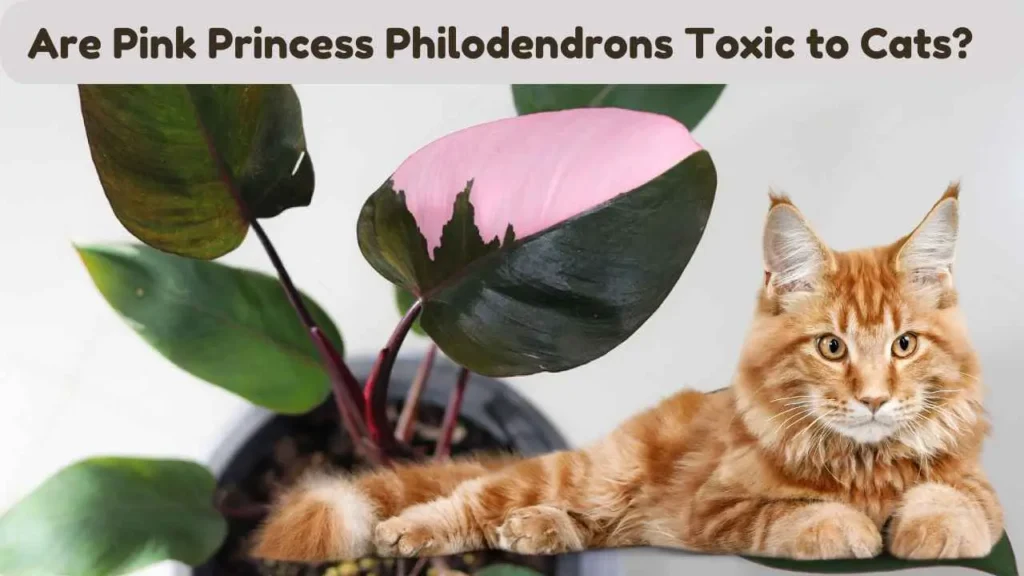Table of Contents
ToggleIf you love plants like I do, you’ve probably noticed the Pink Princess Philodendron. It’s hard to miss with its deep green leaves and bright pink spots. There’s something about it that feels fancy, and I’ll be honest—it really stands out in any plant collection.
But there’s a big question with the Pink Princess: Is it worth the high price? Rare plants like this can cost a lot, sometimes hundreds of dollars. So, is it a good buy, or just a trendy plant that might lose its appeal? You’re in the right place! Let’s take a closer look and help you decide if adding a Pink Princess to your home is the right choice.
What Makes the Pink Princess Philodendron So Special?
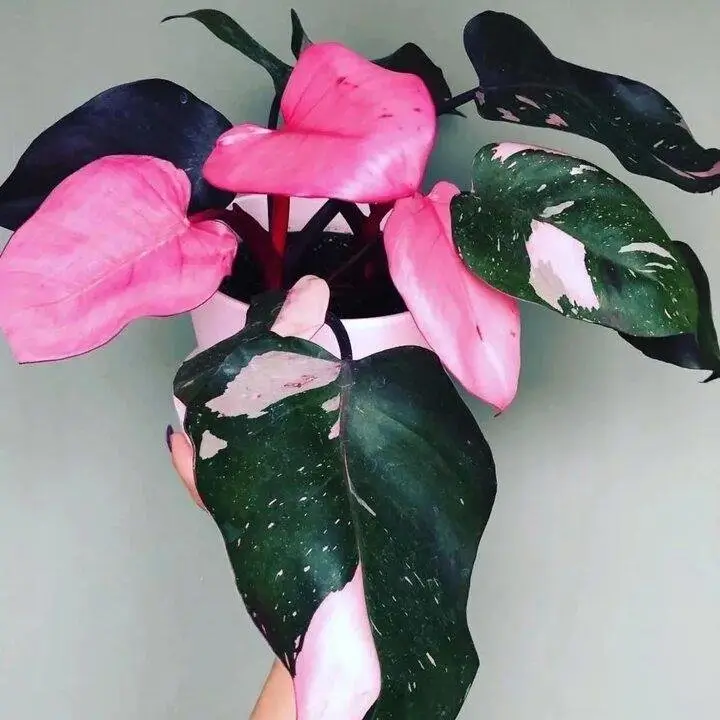
Let’s start by talking about why people love the Pink Princess Philodendron. This plant isn’t one you can grab at any grocery store. Its beauty comes from its pink spots on shiny, dark green leaves. This makes it one of the most popular plants on Instagram. The more pink spots it has, the more people want it. That’s why Pink Princess plants with a lot of pink often cost more.
Another reason this plant is so wanted is because it’s hard to find. You won’t see it at most local plant shops. Many growers use tissue culture to make more plants, but it’s a slow and expensive process. Not every new plant will have the pink spots that buyers look for, which makes the ones that do even rarer and more expensive.
As a plant lover, I totally get why people want this one so much. But let’s be real—when you’re spending hundreds of dollars on a plant, you want to know it’s worth it. So, let’s look at the facts and see if owning a Pink Princess makes sense for you.
The Costs of Owning a Pink Princess Philodendron
Let’s get real—the cost. The Pink Princess Philodendron is one of the pricier houseplants you can buy. Prices range from $50 for a small piece to over $500 for a full-grown plant. If you’re looking for one with lots of pink, expect to pay more.
Initial Purchase Price
The biggest challenge for most people is the price. Small cuttings cost less, but they take a long time to grow into the beautiful plants you see online. Bigger plants or ones with more pink will cost a lot more. If you want a plant with lots of pink on big leaves, be ready to spend more.
I think paying more for a mature plant gives you quicker satisfaction. But, if you’re patient and don’t mind caring for a small cutting for a few years, you can save money. Just remember, because the Pink Princess is so popular, it’s hard to find a deal. So, make sure you’re ready to commit.
Ongoing Care Costs
Owning a Pink Princess Philodendron comes with extra costs if you want it to grow well. Here are some key expenses to keep in mind:
- Soil and Potting Mix: The Pink Princess needs light, airy soil that drains well. Mixing potting soil with perlite and orchid bark works great. You can also buy ready-made tropical plant soil, but it might cost more.
- Repotting: You’ll need to repot your plant every couple of years as it grows. The Pink Princess doesn’t like being root-bound, so give it a bigger pot. Always choose pots with drainage holes to prevent root rot.
- Lighting: To keep the plant’s pink color bright, it needs lots of indirect light. If your home doesn’t get enough light, you may need a grow light, which can cost $30 to $100 or more.
- Humidity and Fertilization: Pink Princess loves humidity. In dry homes, especially in winter, you might need a humidifier. Don’t forget to fertilize your plant once a month during its growing season with balanced plant food.
These aren’t huge costs, but they do add up, especially if you’re new to plant care.
The Benefits of Owning a Pink Princess Philodendron
Now that we’ve covered the costs, let’s talk about the benefits—because there are a lot of them!
Aesthetic Appeal
First of all, the Pink Princess Philodendron is stunning. There’s no other way to say it. The pink leaves are so eye-catching, and having one in your home is sure to start a conversation. Whether you show it off on Instagram or enjoy it in your living room, this plant adds a bright pop of color that’s hard to match.
For me, it’s so satisfying to care for a plant this beautiful. Each new leaf is a surprise—will it have more pink or less? Watching it grow and change is one of the best parts of owning a Pink Princess.
Emotional Satisfaction
Let’s be honest, houseplants aren’t just for looks—they also bring calm and happiness. Studies show that caring for plants can lower stress and boost mental health. I can say this is true from my own experience. There’s something comforting about caring for a living thing and seeing it grow.
The Pink Princess needs love and attention. It’s not a plant you can ignore, and that makes it special. When you water it, adjust its light, or clean its leaves, you build a connection with it. It’s a bit like having a pet, but without the mess.
Investment Potential
If you see your Pink Princess as an investment, you’re right! These plants are in high demand, and if you take good care of yours, you could sell cuttings in the future. Mature plants with bright pink spots can sell for a lot of money, so this is one of the few houseplants that can give you a return on your investment.
I haven’t sold any cuttings yet, but I’ve thought about it. There’s a big community of plant lovers who are always looking for Pink Princess cuttings. If you’re willing to grow more from your plant, you could make back some of the money you spent.
The Drawbacks and Risks of Buying a Pink Princess Philodendron
While I love my Pink Princess, I have to be honest—it’s not always easy. There are some risks and challenges with owning this plant.
High Maintenance
One of the biggest challenges with the Pink Princess Philodendron is that it needs a lot of care. If you’re new to plants, this might not be the best one to start with. It needs the right amount of light, water, and humidity to stay healthy and keep its pink color. If it doesn’t get enough light, the pink turns green. Too much water can cause root rot.
I’ve had my struggles with this plant. Sometimes I didn’t give it enough light, and it lost some of its pink color. But after some trial and error, I found the right spot in my house, and now it’s doing well. Just know it might take time to figure out what your Pink Princess needs.
Price vs. Longevity
Another big thing to think about when buying a Pink Princess Philodendron is the cost. As I said before, this plant can be pricey, sometimes costing hundreds of dollars. The price depends on the plant’s size and how much pink it has. While the cost might make sense because it’s rare and beautiful, there’s a chance the plant won’t do well in your home. It can be sensitive to changes in light, humidity, and care. If it doesn’t get what it needs, it might not last as long as you’d like.
This can be really upsetting if you spend a lot of money on a full-grown plant and then watch it struggle. If you often forget to water your plants or travel a lot, the Pink Princess might not be for you. Not giving it enough light or water can cause problems like root rot or the loss of its pretty pink color.
That said, with care and attention, the Pink Princess can do great. It needs more care than some other plants, but the result is worth it. However, if you want something easier to care for, you might want to look at other types of philodendrons that don’t need as much attention.
Pest Susceptibility
Another problem with the Pink Princess Philodendron is that pests like spider mites, aphids, and scale can attack it. You’ll need to check your plant often and act fast if you see any signs of pests. Trust me, it’s so frustrating to watch your beautiful plant get eaten by bugs! If you don’t know how to deal with pests, this can be even more stressful.
While you can treat pest problems with the right products and care, it’s something you need to be ready for. Simple tasks like wiping the leaves and making sure your plant has the right conditions can help stop these issues before they start.
Alternative Options: Is the Pink Princess Really the Best Choice?
If you’re unsure about buying a Pink Princess, I understand. It’s a big choice, both for your money and for the care it needs. Luckily, there are other plants that look similar but cost less and need less attention.
Other Variegated Philodendrons
If you like variegated plants but don’t want to spend a lot, think about other philodendron types. For example, the Philodendron Brasil has pretty green and yellow leaves. It’s also easier to care for than the Pink Princess. Another good choice is the Philodendron Birkin, which has eye-catching white stripes on its leaves.
These plants cost less and are easy to find at most plant stores. Plus, they are easier to care for, making them great for beginners.
Faux Pink Princess Plants
This might sound strange, but hear me out—fake plants have gotten really good. If you just want the look of a Pink Princess without the care, a high-quality fake plant might be a good option. While I personally prefer real plants, I’ve seen some fake ones that look almost just like the real thing. No watering, no pests, and no fading—just perfect pink leaves all the time!
So, Is It Worth It?
So, where does that leave us? Is buying a Pink Princess Philodendron worth it? Well, it depends on you.
If you love plants, enjoy caring for rare ones, and have the money, I say go for it. The Pink Princess is one of the most beautiful plants you can own, and caring for it can be very rewarding.
But if you’re new to plant care or don’t want to spend much time or money, you may want to think twice. There are lots of other lovely plants that need less care and cost less.
In the end, it’s about what matters to you. If you want a rare, eye-catching plant and are willing to put in the effort, the Pink Princess could be a great choice. But if you prefer something easier and cheaper, there are plenty of other options that will still add some green—and maybe even pink!—to your home.
My Final Thoughts
I hope this cost-benefit guide has helped you decide whether to buy a Pink Princess Philodendron. It’s a beautiful plant with a lot of charm, but it has its challenges too. Whether it’s “worth it” depends on what you want from a plant and how much care you’re willing to give.
If you decide to go for it, get ready for a rewarding plant journey. There’s nothing like seeing those first pink leaves open up!
Do you already own a Pink Princess or another rare plant? Or are you still thinking about it? I’d love to hear your thoughts in the comments! If you’re ready to buy, check out some trusted sellers or plant groups that focus on rare plants.
Thanks for reading, and happy planting!
Why is the Pink Princess Philodendron so expensive?
The Pink Princess Philodendron costs a lot because it is rare and has unique pink spots. People love how it looks, so the demand is high. Also, it grows slowly, and not every plant will have the pink color. This makes the ones that do more expensive.
How much does a Pink Princess Philodendron cost?
The price depends on the size and amount of pink on the plant. Small cuttings may cost around $50, while bigger plants can range from $200 to over $500.
How do I care for a Pink Princess Philodendron?
The Pink Princess needs bright, indirect light to keep its pink color. It grows best in well-draining soil, needs regular but not too much water, and loves high humidity. It also benefits from monthly fertilizing and repotting every few years.
Is the Pink Princess Philodendron a good investment?
Yes, it can be a good investment. With the right care, mature plants or cuttings can be sold for a high price. The plant’s beauty and rarity make it valuable to collectors.
What are some alternatives to the Pink Princess Philodendron?
If the Pink Princess is too pricey or hard to care for, you can try other plants like the Philodendron Brasil or the Philodendron Birkin. They are more affordable and easier to grow.
Related
Discover more from Pink Philodendron
Subscribe to get the latest posts sent to your email.

